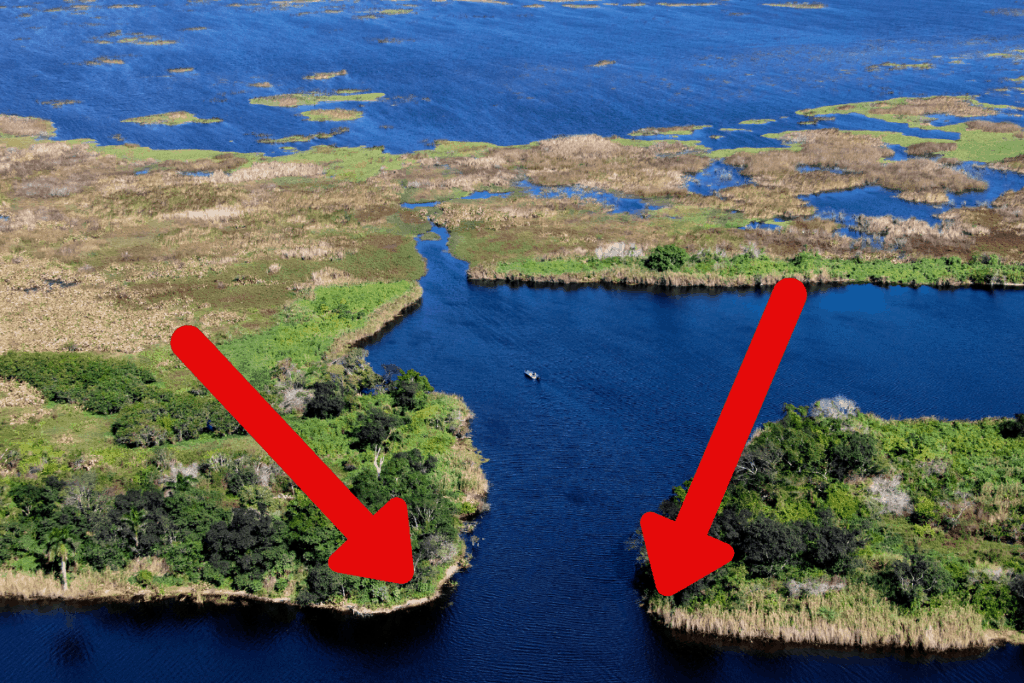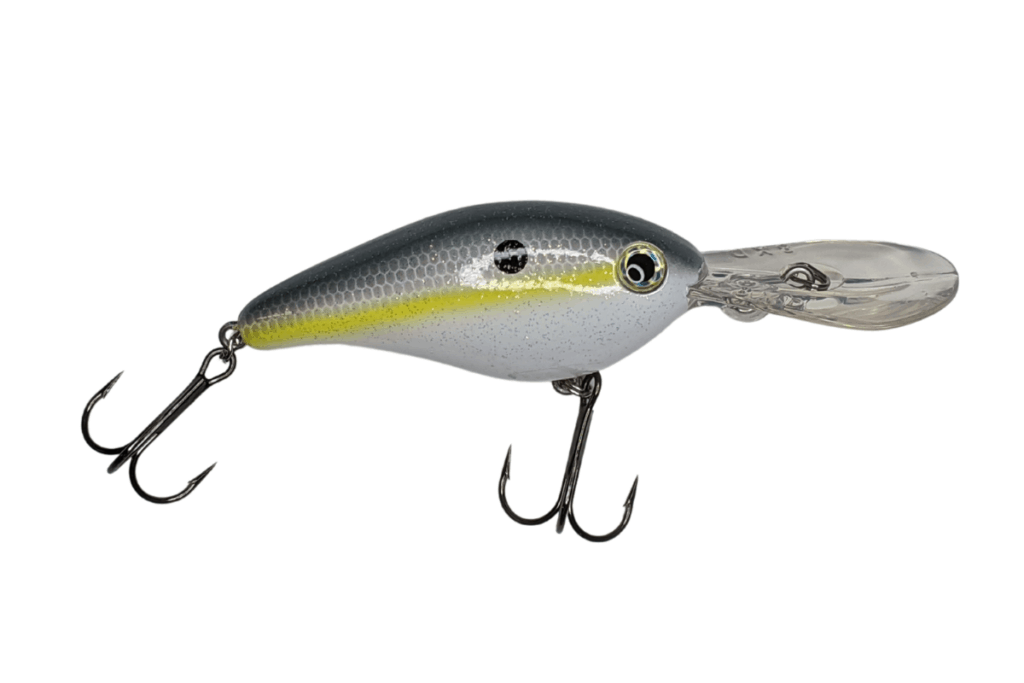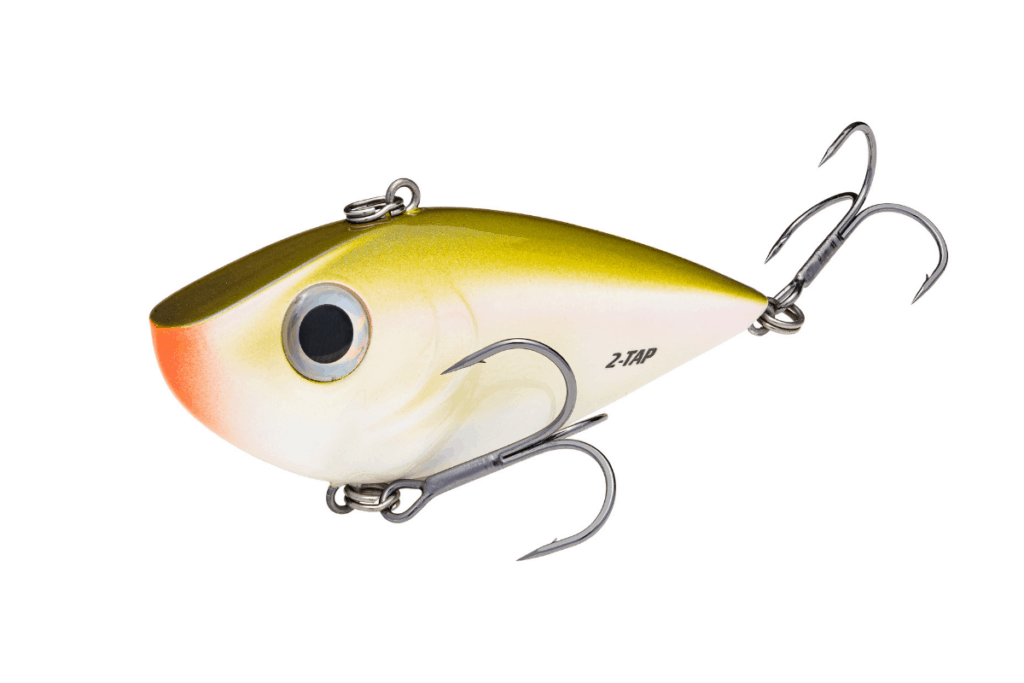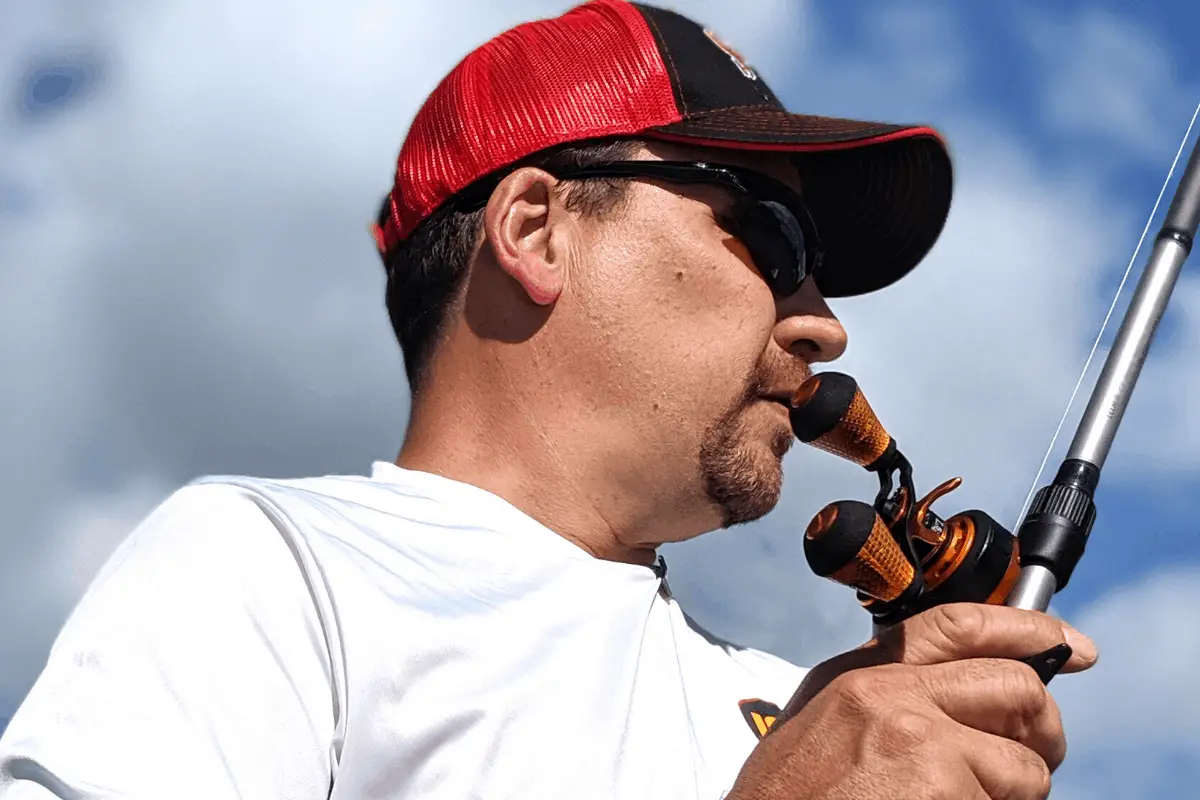Most anglers get excited when thinking of the prespawn. They know bass are migrating out of winter areas and getting ready to move shallow. Being able to locate bass during this transition time is the key to success during the prespawn.
Bass will be staging up, waiting for the proper conditions to move shallow and spawn. Start by looking at single bays, pockets, coves, or creek arms. Fish from the mouth of the opening all the way to the back. Bass will congregate on some sort of structure where they can sit and wait to move up.
In this article, I will break down the specifics of prespawn bass fishing, talking about locations, lures, and conditions.
What is the Prespawn?
Prespawn bass fishing sounds so simple, yet can be confusing. As anglers, we know it means that the bass are getting ready to spawn, but that is where the clarity stops. This “length-of-time” is dependent on weather. That is why to be successful during the prespawn, we need to think in terms of water temperature – not the calendar.
When is it?
There any many, many, queries on Google that ask the following question:
“When is the prespawn?”
The questions may then include more detail like, “ . . . in California, . . . in the Midwest, . . . in Wisconsin.”
Most of the answers will refer to some sort of timeline focusing on days on the calendar and, yes, this can give us a general reference point.
As anglers, we need to forget the date and focus on the water temperature. Each body of water is different – even within a similar geographical area. The lake that I live on is ultra-clear. The prespawn on my home water is different than the small river that is only two miles away. That is why temperature is a more accurate indicator of when those bass are beginning to move from winter hangouts to spawning areas.
I use the following guideline:
| Winter Bass Fishing | 49° and cooler |
| Prespawn | 50° – 60° |
| Spawn | 60° – 70° |
*It is important to note, that smallmouth will spawn earlier than largemouth.
Once that water breaks the 50° mark, I am 100% in prespawn fishing mode. So where do we begin looking?

Top Prespawn Locations to Find Bass
This where I break down a body of water into small sections. I am not interested in the entire lake or river system. I want to focus on one area that I know has the potential to be a significant spawning area and then back out from there.
Good spawning locations are most often on the north shoreline since this part of the lake or river will get the most direct sunlight. The water warms up quicker and the structure, like rocks, will retain heat drawing fish to them. A spawning area will also tend to be flatter and if there is a rocky, or hard bottom, that is preferred to silt and mud.
Once you have a good sense of where bass may spawn, follow that cove, creek arm, bay, or channel out to the main lake. In a river system, follow that potential spawning area out until you get to the first deep wintering hole. On larger river systems, a topographical map will help narrow this down.
I will start on the main point at the mouth. The bass will be located somewhere between that main point and the secondary points on the way to the back of the spawning area.
What to Look For?
There are two things to remember for this “searching” process: first, the bass will still be staged up in groups, and, 2) they are going to sit on something where they feel comfortable until it is time to move up and spread out.
If I am in my boat, I will turn on the sidescan imaging and slowly idle from the mouth to the back of the cove. I am searching for that structure feature that will hold groups of fish. It may be a single boulder on a gravel point, it could be a stump on a muddy flat, or it might just be a ditch that runs from the shoreline and into the water.
I like to think about it in terms of old war movies. Soldiers would huddle in the trench before they climb up and out and charge across an open field and spread out. The analogy is perfect for prespawn bass fishing.
Remember, in the winter, the bass may have been grouped in schools as large as fifty fish holding in a single spot. That school will start to move up together and stage. They will then disperse once the temperature is perfect for laying eggs on a nest.
Lots of Empty Water
It is critical to keep in mind, you will be fishing through a lot of empty water. Instead of letting that frustrate you, approach it as narrowing down your search. It may take two, three, or four hours to pinpoint where they are holding, but once you do – it is game on!

Excellent Prespawn Lures for Locating Bass
There are many excellent lures for prespawn bass fishing, but one of my favorites has to be crankbaits. I should say, two of my favorites. I use two types of crankbaits most of the time: a deep diver and a lipless crankbait.
Deep Diver
This lure is a favorite of mine because it does two things really well: 1) it can reach down and touch the bottom away from the shore, and, 2) it can cover water and search quicker than other lures and presentations.
I’ve mentioned in other videos and blog posts, that I prefer to start searching with my crankbaits two cast lengths from shore. When prespawn bass fishing, I am anxious to catch the bigger females and they will hold in deeper water while the smaller males move up first to investigate and fan out spawning beds.
We often position our boats over the fish we really want to catch.
Choose a deep diving crankbait based on this boat position. For some of you, that means that a lure running 12’ may be perfect. For others, two cast lengths from shore may determine you need a deep diver that hits the 20’ mark.
The key is to pick a lure that will hit bottom and maintain contact during the majority of the retrieve.

Lipless Crankbait
This lure is excellent on lakes that have some vegetation starting to emerge, but it also shines in rocky environments. I usually will toss a lipless crankbait when investigating tapering points and shallower situations, but it does work efficiently when probing deeper water as well – you may need to just move from a ½ oz version to a ¾ oz.
The Retrieves
With the deep diver, the retrieve is fairly simple: throw well past your target area so your lure gets down to depth before it comes into the zone you want to probe, and then maintain bottom contact and work the crankbait slow. Attempt to let the lure bang, bounce, and deflect off as much structure and cover as you can.
When fishing the lipless crankbait, the majority of the bites will come when the lure is falling on a slack line.
You can still catch fish with a straight chunk-and-wind presentation, but this bait shines when fished more like a jig. Cast it out and let it flutter down on a slack line. When it hits bottom, pull or pop the lure. Move it 2-3 feet and then drop your rod tip. Let the lure flutter back down. Do this on the entire retrieve. The goal is to make the lipless crankbait flutter on a slack line as many times as you can.
Once you Locate Fish
Once your crankbaits have found fish, be sure to work that area over thoroughly. There may be a pile of bass down there. Hit the target zone from multiple angles. If the bass eventually stop biting on the crankbait, that is the time to switch to something with a more subtle presentation.
A variety of prespawn lures will work to reactivate the school. Soft plastic swimbaits, a Ned Rig, dragging a jig, a jerkbait, and a glide bait are all excellent choices. Work the school over as long as you can before moving on and locating another one.
Final Thoughts
Prespawn bass fishing is both exciting and frustrating. We are excited because the weather is warmer and we are finally fishing again. It is frustrating because the fish are still grouped up tight and it takes time to locate them.
As long as you go into prespawn bass fishing knowing that every empty cast is one cast closer to locating the school, you will continue to stay positive and search some more. As the days march forward and the water temperature climbs, the bass will continue to move shallower. This means that the more of them that come up the more they will spread out.
It is also important to keep in mind, the weather can play a major factor on how “far along” the spawning process is. If fish are moving aggressively shallower and a cold front hammers them and drops the water temps, they will move back out to those prespawn areas and wait it out again. I have seen the spring ritual backed up an entire month on my home lake.
Enjoy the search, relish the catch, and keep fishing. Tight lines, be safe, and don’t forget to encourage someone today – you never know how you just might change their life forever.

